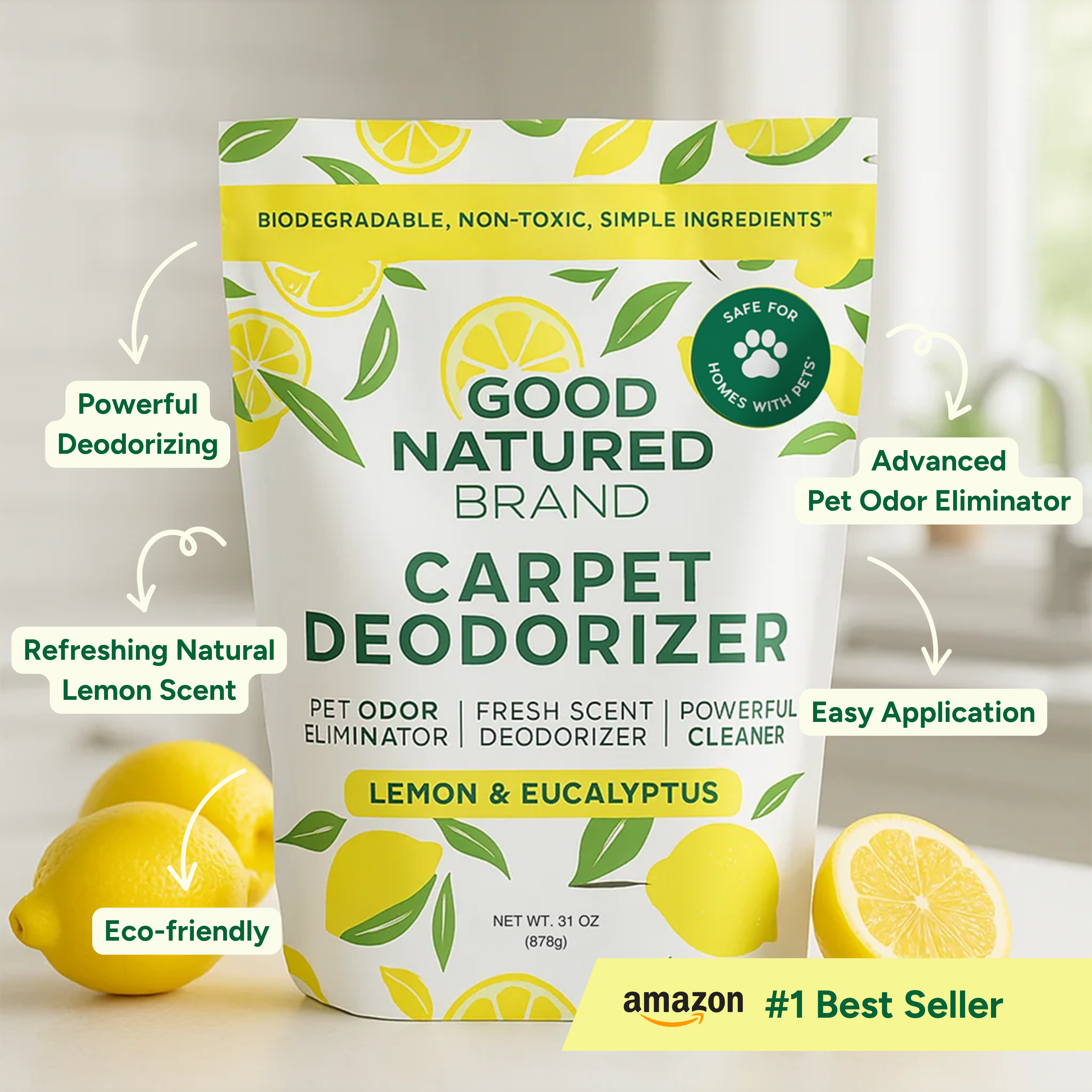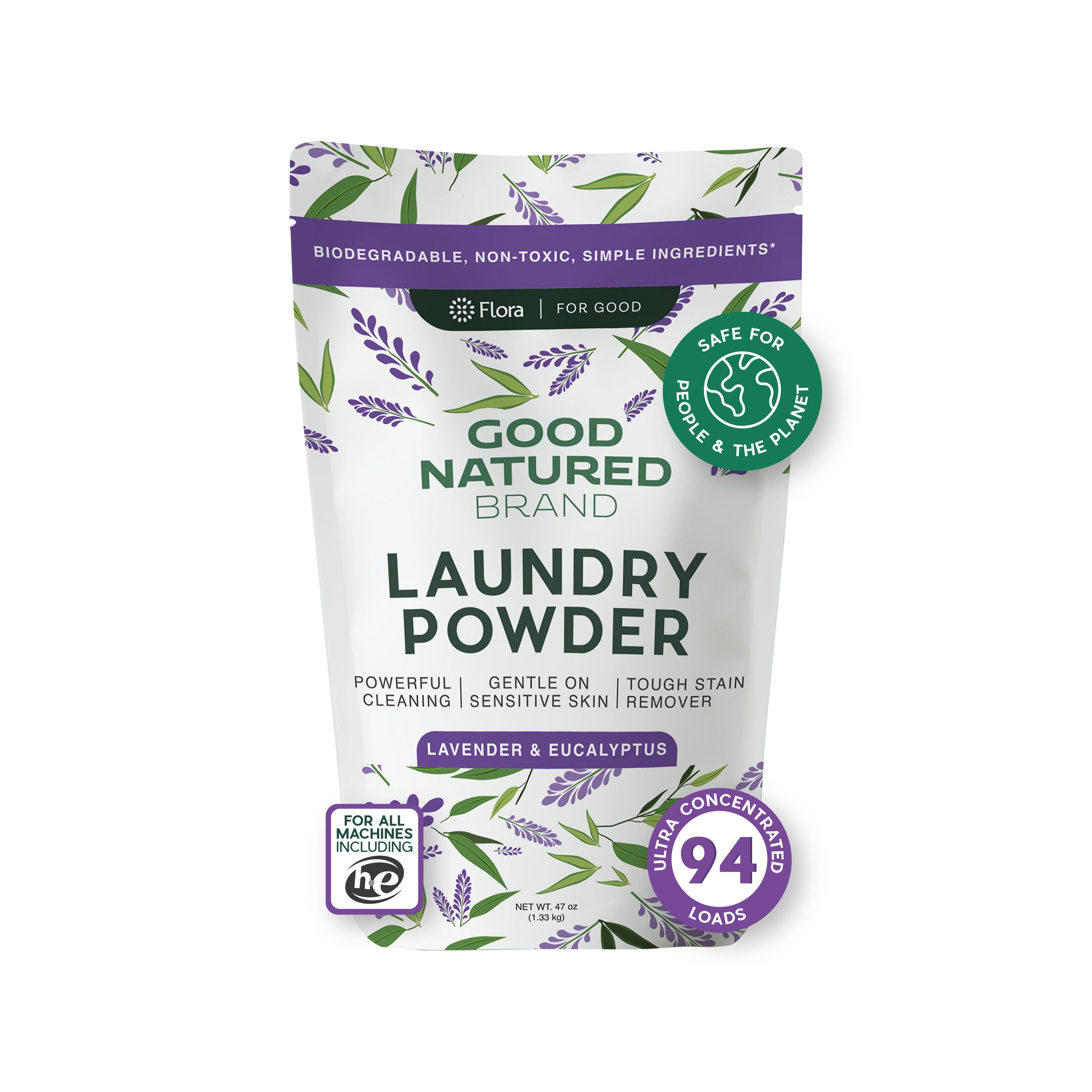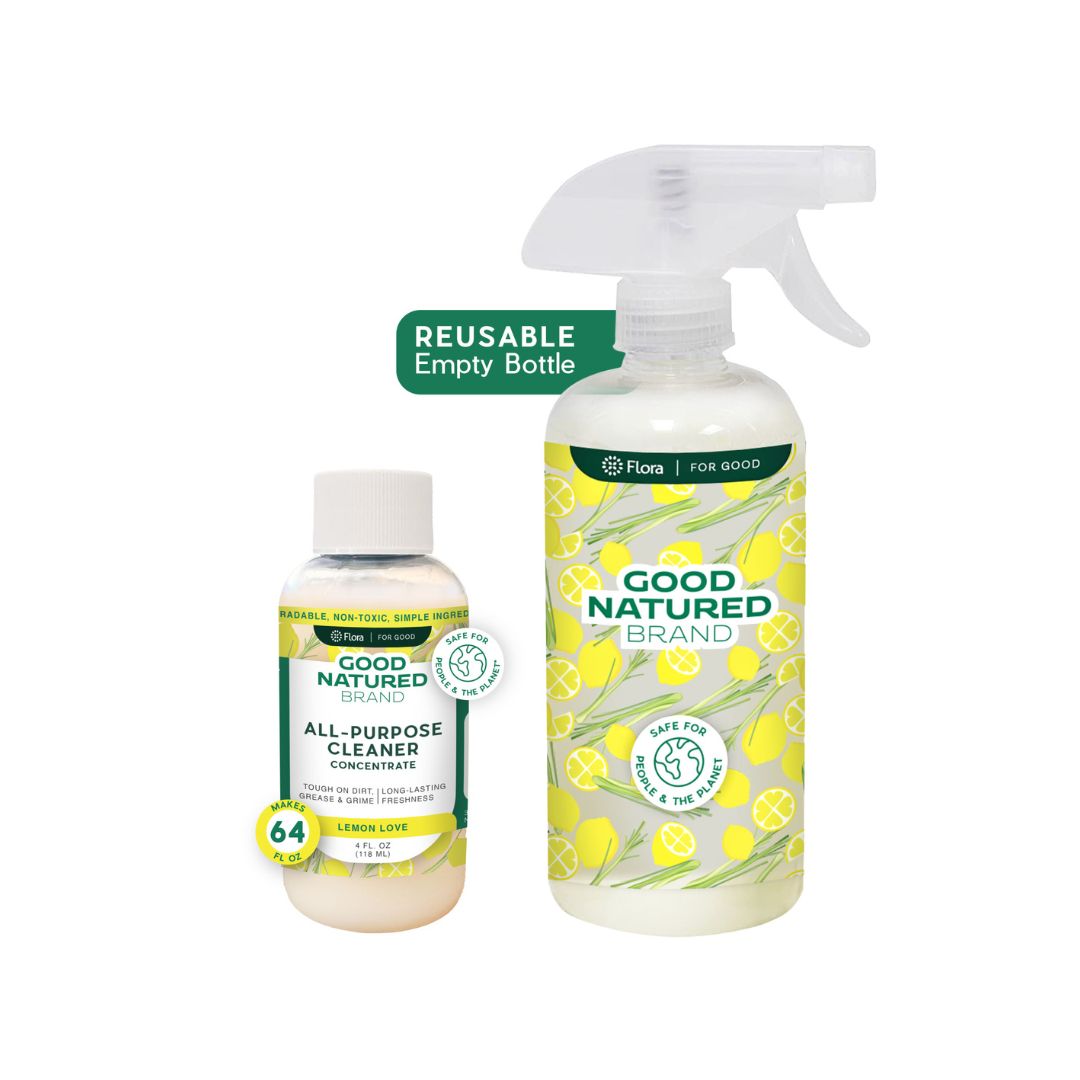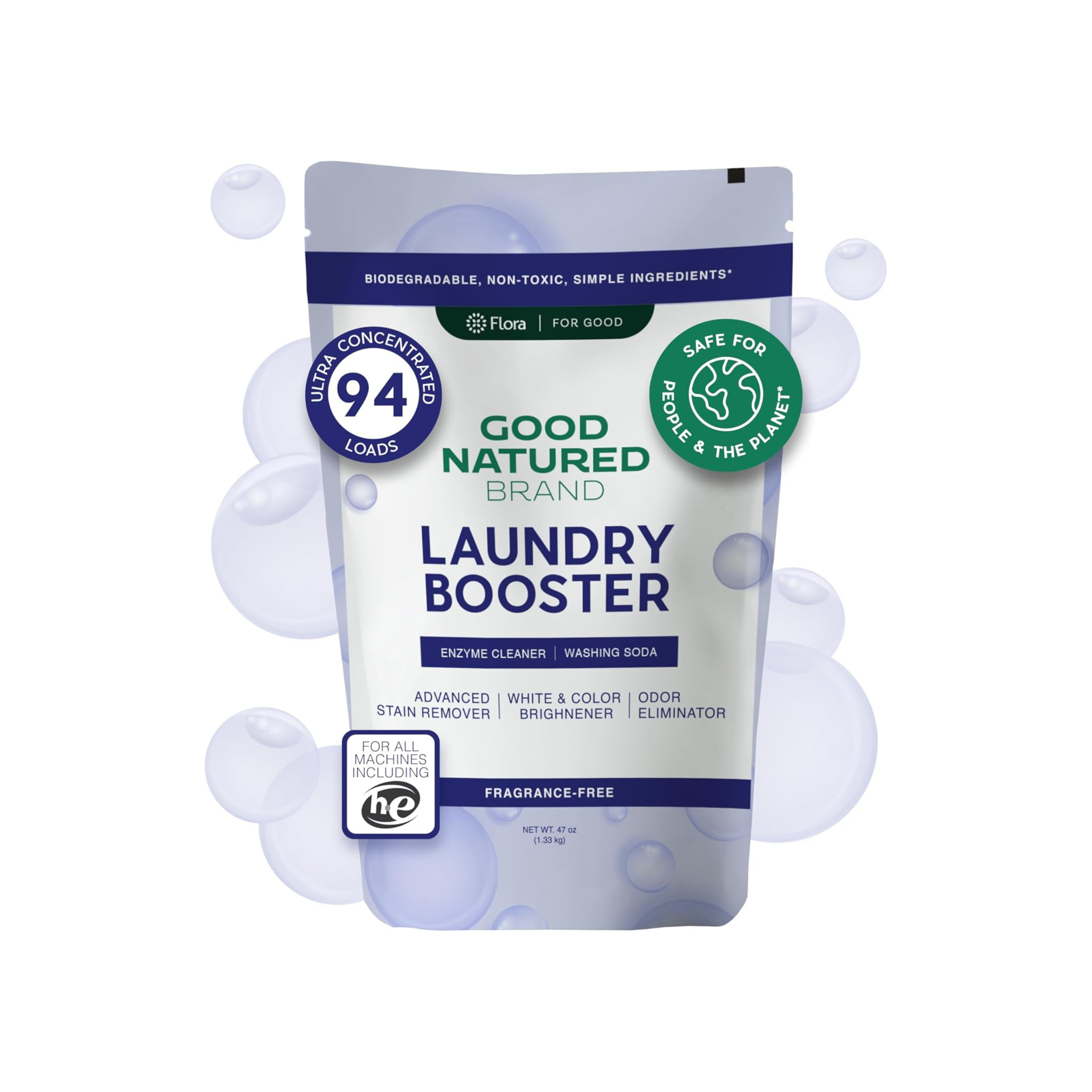When it comes to creating a comfortable living environment for both pets and their owners, the choice of flooring is crucial. Pet owners face unique challenges, particularly when it comes to managing allergens in their homes. With allergies on the rise, selecting the right flooring can make a significant difference not only in maintaining a clean and fresh space but also in promoting a healthier home for everyone. In this blog, we will delve into allergy-friendly flooring options specifically designed for pet homes, and provide helpful tips for managing cleanliness and odors.
Understanding Allergies in Pet Homes
Pet allergies can stem from various sources, including pet dander, dust mites, and mold. When pets shed hair and skin cells, they can trigger allergic reactions in sensitive individuals. This is particularly concerning for families with young children, elderly members, or anyone with respiratory issues. Therefore, when selecting flooring, it's essential to consider how different materials can either exacerbate or alleviate allergy symptoms.
The Impact of Flooring on Indoor Air Quality
Flooring plays an integral role in indoor air quality. Some materials trap allergens, making them difficult to remove, while others are easier to clean and maintain. For instance, carpets can hold onto dander and dust mites, leading to poor air quality and heightened allergy symptoms. In contrast, hard surfaces such as tile, laminate, or hardwood can be easier to keep clean and free from allergens.
Key Features to Look for in Allergy-Friendly Flooring
When searching for the best flooring options for pet homes, it’s important to focus on key features that contribute to a healthier living environment.
Low VOC Emissions
Volatile Organic Compounds (VOCs) are chemicals often found in traditional flooring materials and finishes. They can contribute to indoor air pollution and exacerbate allergy symptoms. Opting for low VOC or VOC-free flooring options helps improve air quality and creates a safer environment for both pets and their owners.
Easy Maintenance
The best flooring for pet homes should be easy to clean. Regular vacuuming and mopping are essential to remove dander and dirt. Flooring that can withstand spills and is resistant to staining will also help keep your home fresh and clean. Utilizing effective cleaning products like All Purpose Cleaners can make the maintenance process simpler and more efficient.
Hypoallergenic Properties
Hypoallergenic flooring materials can significantly reduce allergens in the home. These materials are designed to resist the accumulation of harmful particles, making them a better choice for sensitive individuals. Selecting hypoallergenic options can provide peace of mind for families concerned about allergies.
Top Allergy-Friendly Flooring Options for Pet Homes
Now that we understand the importance of flooring choices in managing allergies, let’s explore some of the top allergy-friendly flooring options ideal for pet homes.
Hardwood Flooring
Hardwood flooring is a popular choice among pet owners for numerous reasons. It features a sleek appearance and is easy to clean, which makes it an excellent option for those wanting to maintain a stylish yet practical home. When it comes to allergies, hardwood does not trap dander or dust mites, making it a hypoallergenic choice.
For maintenance, it’s essential to use appropriate cleaning products. Using eco-friendly Laundry Powders can effectively handle any spills or messes caused by pets without introducing harsh chemicals into your home.
Laminate Flooring
Laminate flooring offers the aesthetic appeal of wood but with added durability and affordability. It’s highly resistant to scratches and stains, which is crucial for pet owners. Additionally, laminate flooring is easy to clean and does not harbor allergens, making it a practical choice for those with allergies.
Tile Flooring
Tile flooring is another excellent option for pet homes. It is water-resistant, making it suitable for areas prone to spills or accidents. Tile does not trap allergens, and cleaning it is as simple as mopping with a solution of Room and Linen Sprays to ensure a fresh scent throughout your home.
Natural Fiber Rugs
While hard flooring is often favored, incorporating natural fiber rugs made from materials like jute or sisal can also enhance your space. These rugs are less likely to trap allergens compared to synthetic options, providing a comfortable area for pets to lounge while minimizing allergy triggers.
Vinyl Flooring
Vinyl flooring has come a long way and is now available in various styles and designs. It is water-resistant, durable, and easy to clean, making it a practical choice for pet owners. Vinyl is also hypoallergenic, providing a safe surface for both pets and humans alike.
Maintenance Tips for Allergy-Friendly Flooring
Once you have selected the right flooring, maintaining it is crucial for keeping allergens at bay. Here are some helpful tips to ensure your flooring remains clean and allergen-free:
Regular Cleaning Routines
Establish a cleaning routine that includes frequent vacuuming and mopping. For hard surfaces, a damp mop with a suitable cleaning solution can effectively remove allergens. Utilizing Carpet Deodorizers can help mitigate any lingering pet odors, keeping your home smelling fresh.
Use Eco-Friendly Cleaning Products
Switching to eco-friendly cleaning products is essential in maintaining an allergy-friendly environment. Many traditional cleaners contain harsh chemicals that can worsen allergy symptoms. Opt for natural alternatives like the ones offered by Good Natured Brand to ensure a safe cleaning experience.
Control Humidity Levels
Maintaining optimal humidity levels in your home can prevent the growth of dust mites and mold. Using a dehumidifier can be beneficial, especially in areas with high humidity. This simple step can significantly improve indoor air quality and contribute to a healthier living environment.
Factors to Consider When Choosing Flooring
Selecting the right flooring involves more than just aesthetics. Here are some key factors to consider to ensure that your flooring choice meets both functional and allergy-friendly needs.
Lifestyle and Activity Level
Understanding your lifestyle and the activity level of your pets is crucial when choosing flooring. If you have active pets that love to run and play, you’ll need a durable flooring option that can withstand wear and tear. For instance, laminate and vinyl flooring are highly durable and resistant to scratches, making them ideal for homes with energetic pets. On the other hand, if you have quieter pets or a less active household, hardwood may be a suitable option due to its classic look and easy maintenance.
Budget Considerations
While aesthetics and functionality are important, budget is another significant factor in your flooring decision. Consider the initial cost of the flooring material as well as the long-term maintenance costs. For example, hardwood flooring may have a higher upfront cost but can last for decades with proper care. Meanwhile, options like laminate and vinyl can be more budget-friendly upfront, but may need to be replaced sooner depending on wear. Assessing both the short-term and long-term costs will help you make the most informed decision.
Environmental Impact
As eco-conscious consumers, many pet owners are looking for environmentally friendly flooring options. Choosing sustainable materials not only contributes to a healthier planet but can also benefit your indoor air quality. Look for flooring products that are certified as low in VOCs and made from renewable resources. This is especially important for maintaining a healthy home environment for both pets and humans.
DIY vs. Professional Installation
Once you’ve selected the right flooring material, the next step is to consider how it will be installed. You have the option to go the DIY route or hire a professional. Each comes with its own set of advantages and disadvantages.
Pros and Cons of DIY Installation
Pros:
-
Cost Savings: Installing flooring yourself can save money on labor costs.
-
Flexibility: You can work at your own pace and schedule, allowing for flexibility in your timeline.
-
Personal Touch: DIY installation gives you the satisfaction of knowing you completed the project yourself.
Cons:
-
Time-Consuming: DIY projects can take longer than expected, especially if you are unfamiliar with the installation process.
-
Skill Level: If you lack experience, you may encounter challenges that could lead to mistakes, resulting in additional costs.
-
Quality Concerns: Without professional experience, the final result may not meet your expectations in terms of quality and finish.
When to Hire a Professional
Pros:
-
Expertise: Professionals have the experience and knowledge to handle complex installations efficiently.
-
Quality Assurance: Hiring professionals ensures that the installation is done correctly, reducing the risk of future issues.
-
Warranty Coverage: Many professional installations come with warranties that protect you in case of defects or problems.
Cons:
-
Higher Costs: Professional installation can be expensive, adding to the overall cost of your flooring project.
-
Less Control: You may have less flexibility in scheduling and the pace of the work, which could be a concern for some homeowners.
Case Studies: Success Stories from Pet Owners
To further illustrate the benefits of selecting the right flooring, let’s take a look at some inspiring case studies of pet owners who successfully created allergy-friendly homes.
Case Study: The Smith Family
The Smith family, consisting of two young children and a Labrador Retriever, faced challenges with allergies and pet odors in their home. After researching options, they decided to install laminate flooring throughout their living areas. The decision was based on the durability of laminate and its resistance to scratches.
To combat odors, they also started using Carpet Deodorizers to keep their rugs fresh and clean. The combination of new flooring and deodorizers greatly improved their home's air quality, allowing their children and dog to enjoy a healthier environment.
Case Study: The Johnsons’ Eco-Friendly Home
The Johnson family aimed to create a sustainable living space after adopting two rescue dogs. They chose to install bamboo flooring due to its eco-friendly properties and durability. Bamboo is not only a sustainable choice but also hypoallergenic, making it perfect for their family's needs.
To maintain cleanliness, they incorporated All Purpose Cleaners into their cleaning routine. Additionally, they frequently used Room and Linen Sprays to keep their home smelling fresh and inviting. The Johnsons have successfully created a home that is both stylish and conducive to their pets’ well-being.
Conclusion
Creating an allergy-friendly home for pets involves careful consideration of flooring options, maintenance practices, and cleaning routines. By selecting durable, hypoallergenic flooring materials and using eco-friendly cleaning products, you can significantly improve your living environment.
Remember that your choice of flooring and cleaning products, such as Laundry Powders, All Purpose Cleaners, and Carpet Deodorizers, plays a pivotal role in managing allergens and maintaining a healthy home for both pets and family.
We hope this guide has provided valuable insights and inspiration for your journey towards creating an allergy-friendly pet home. For more tips and resources on living sustainably with pets, check out our blog for a wealth of information on eco-friendly practices and products.


















